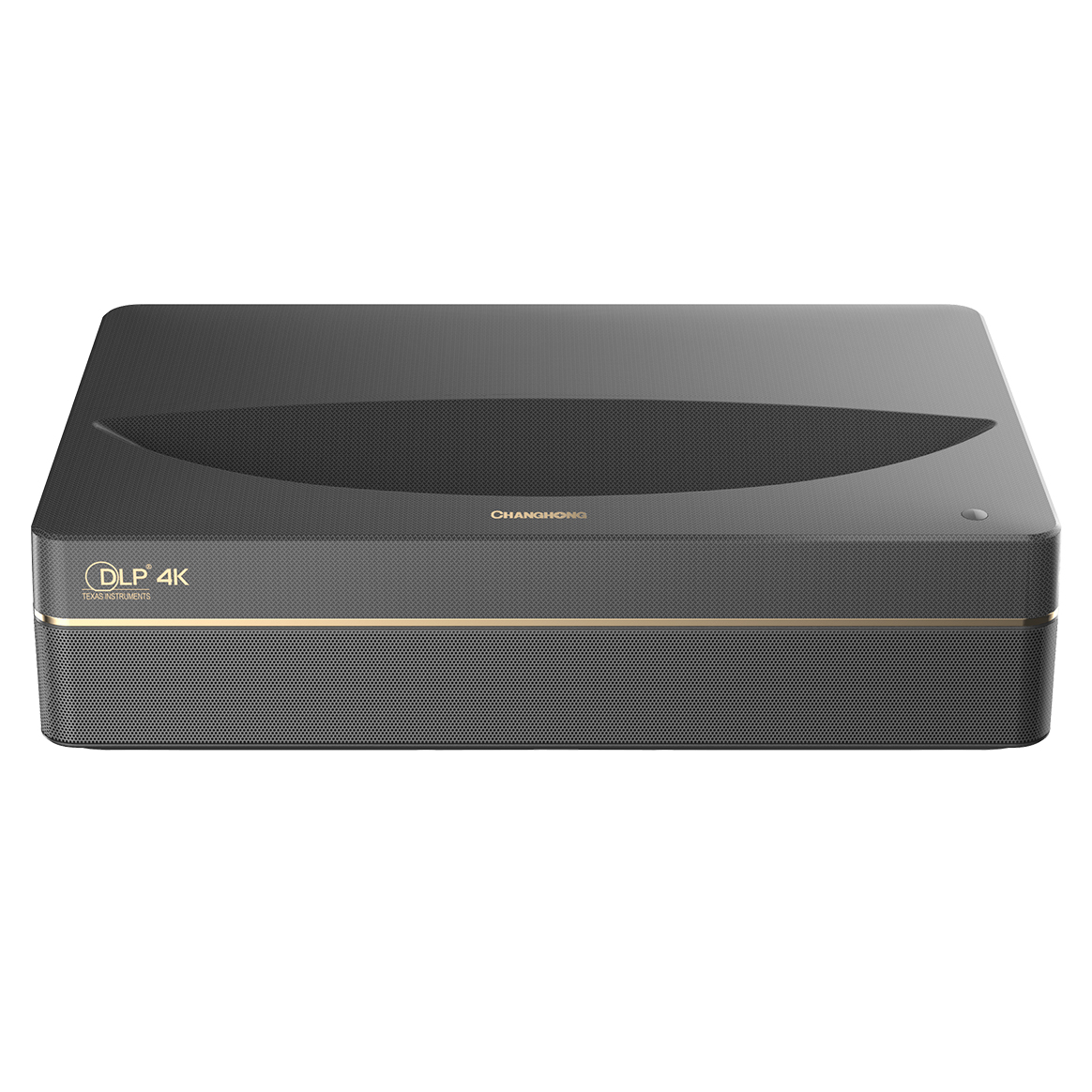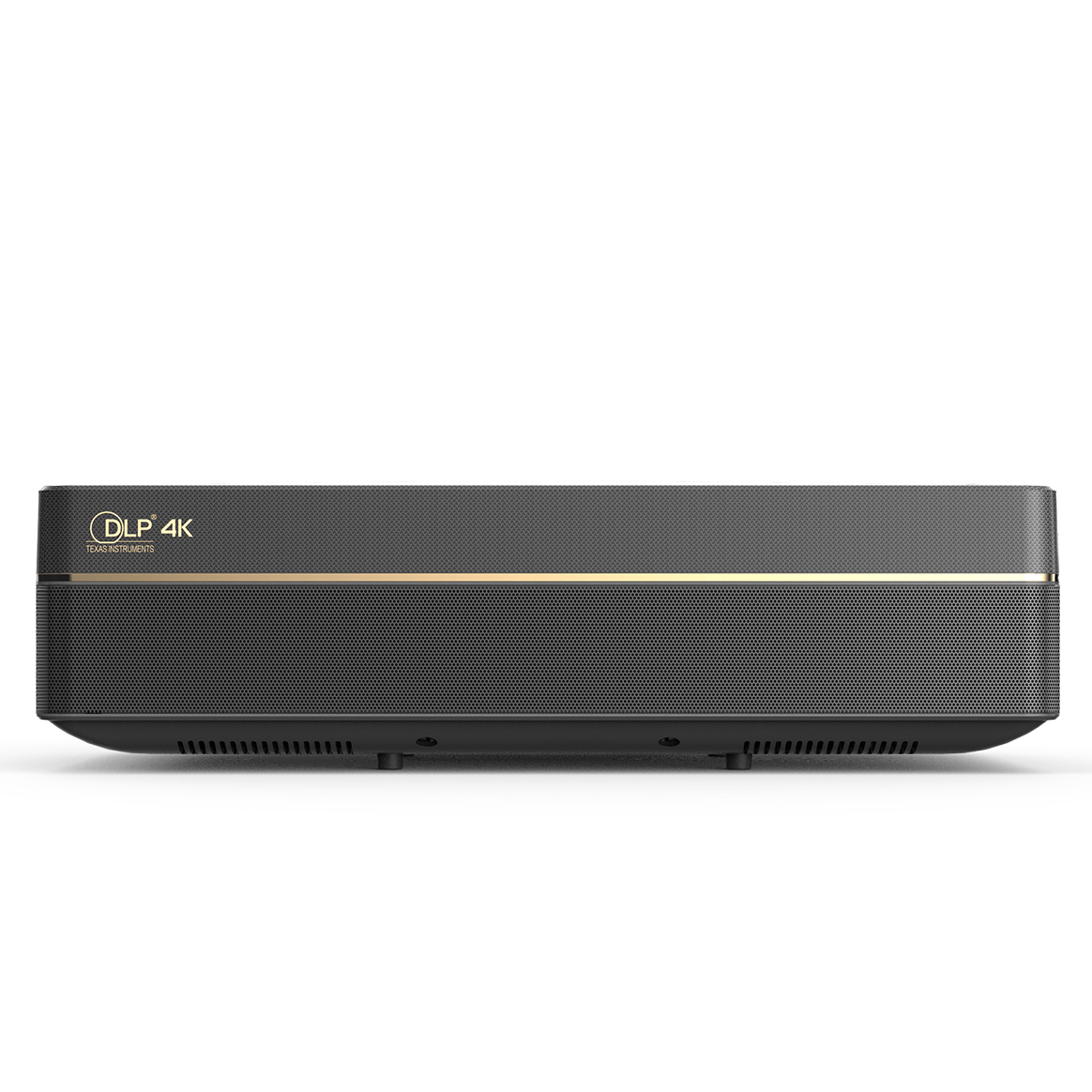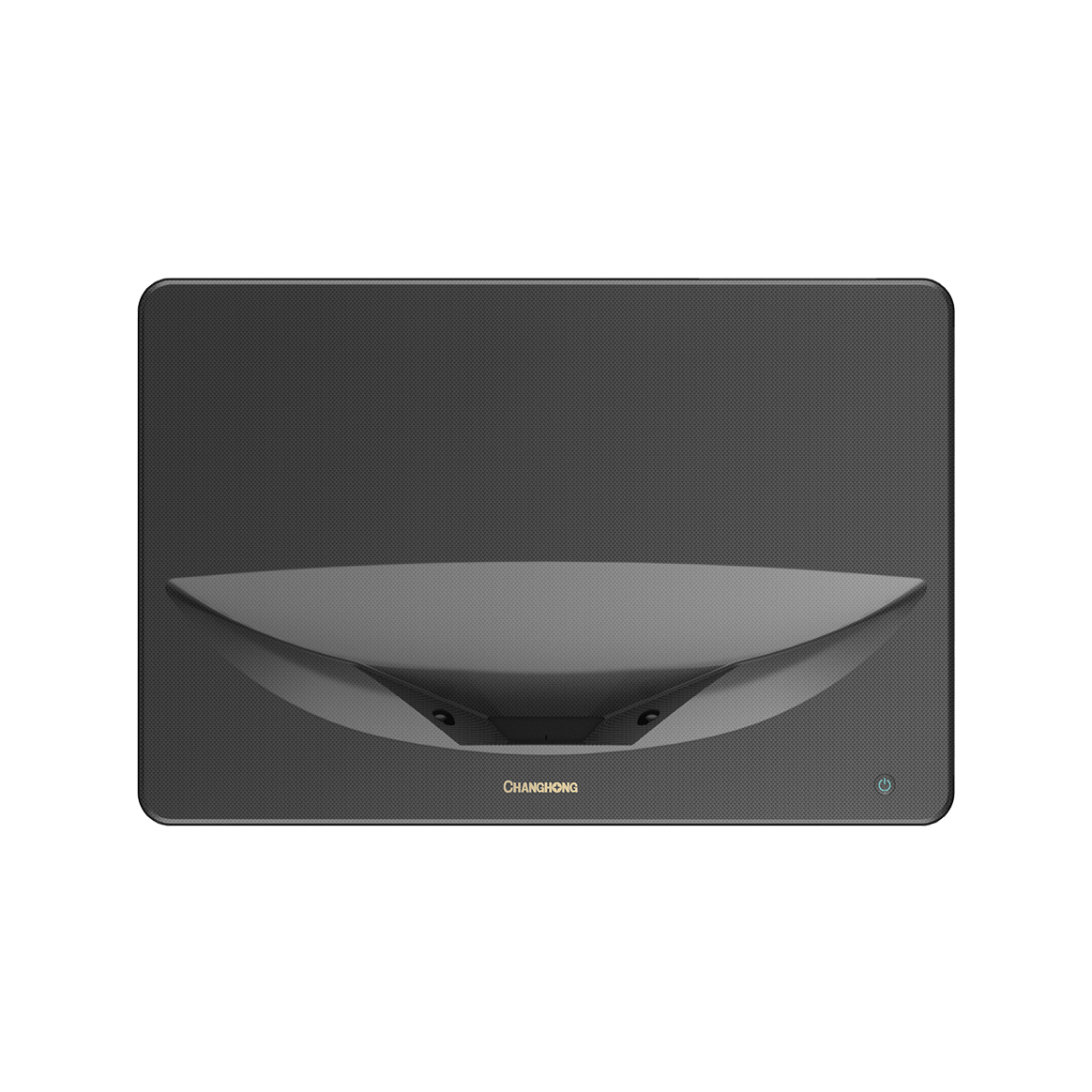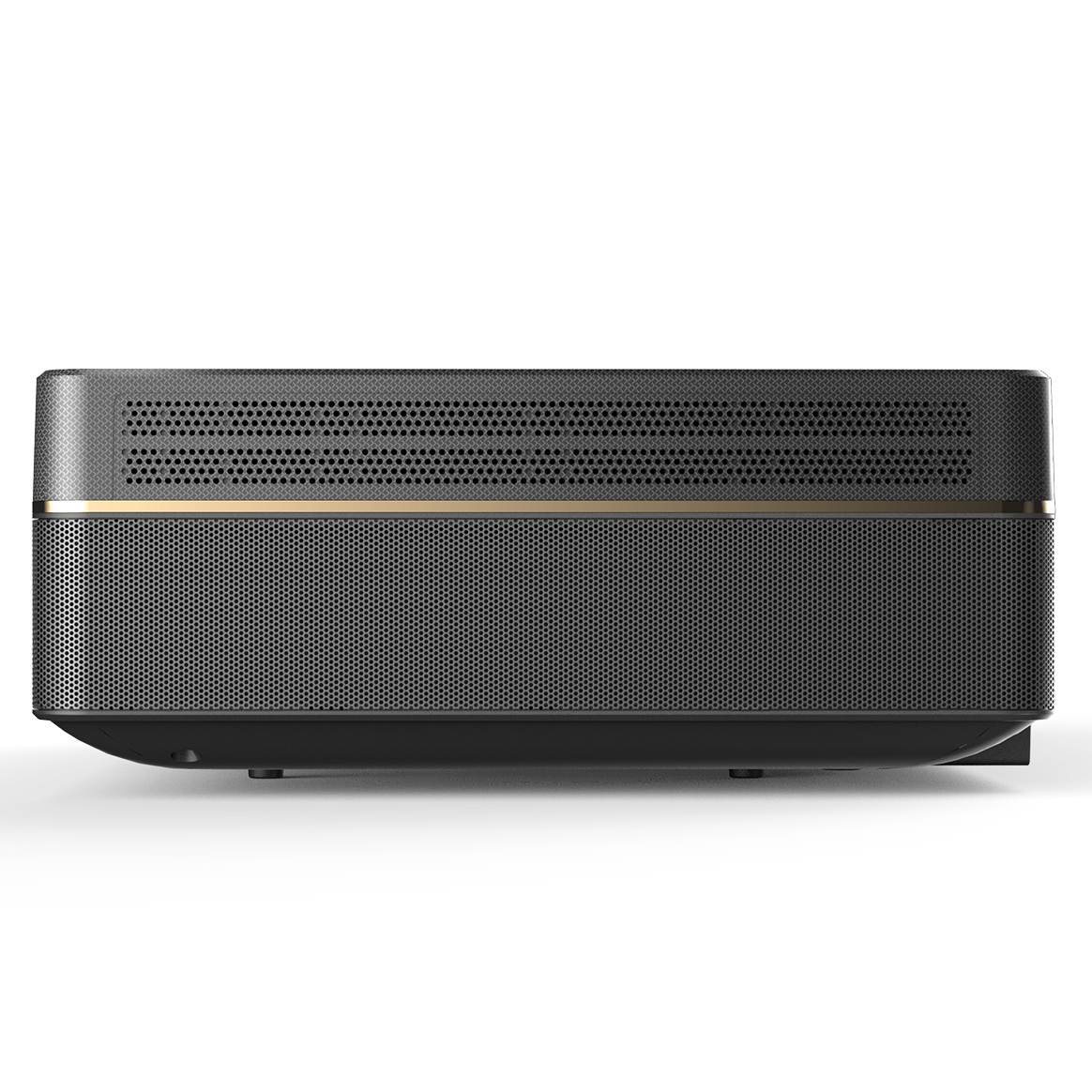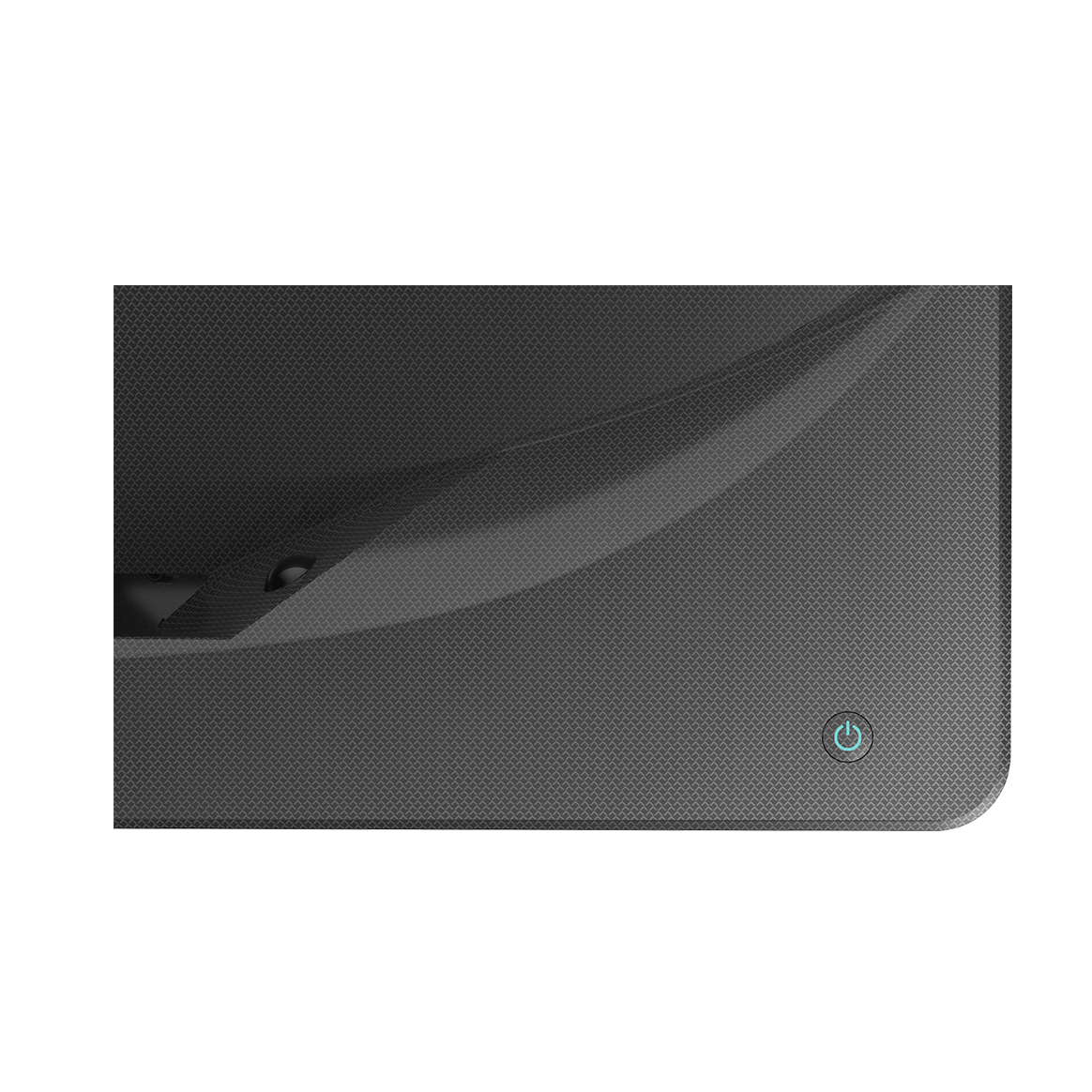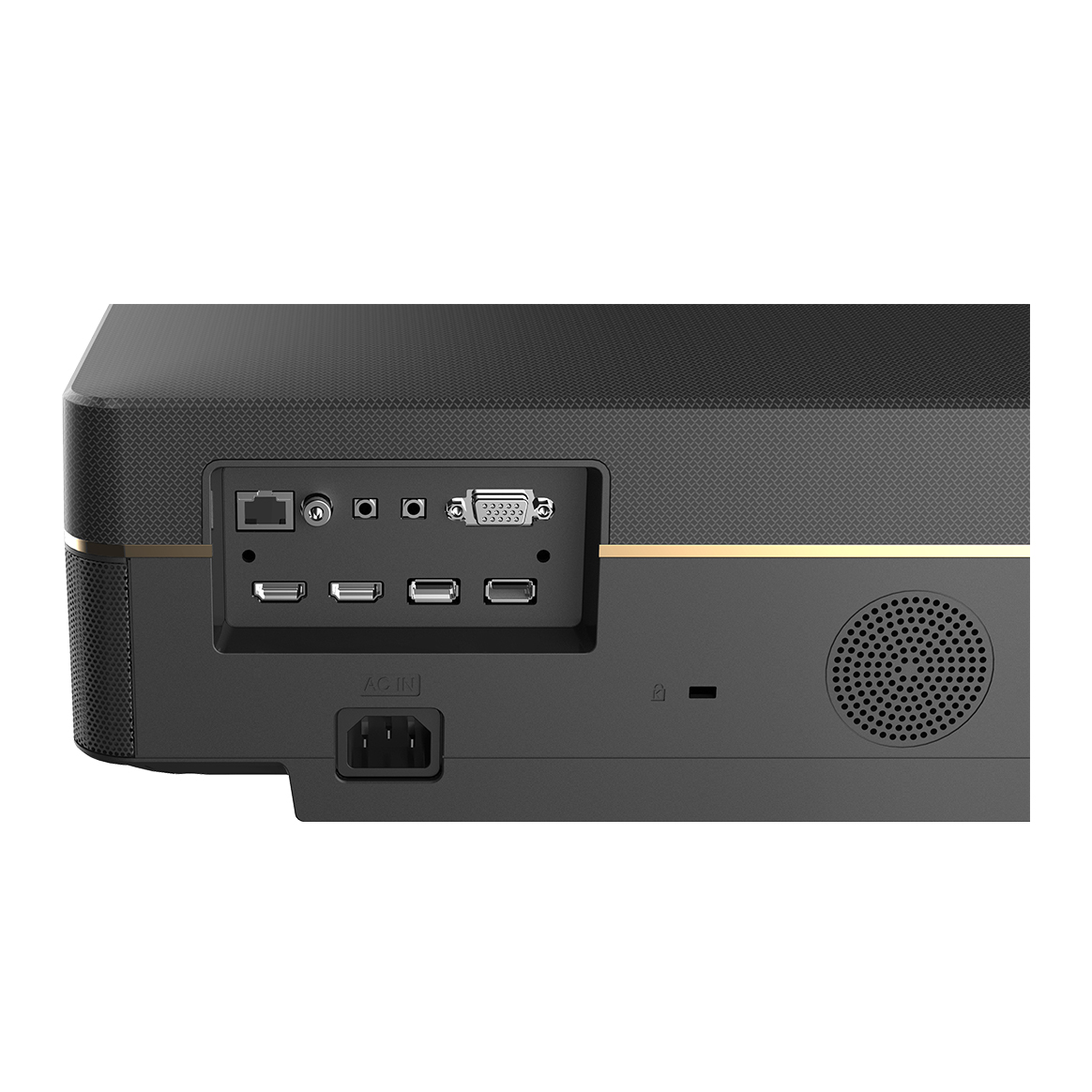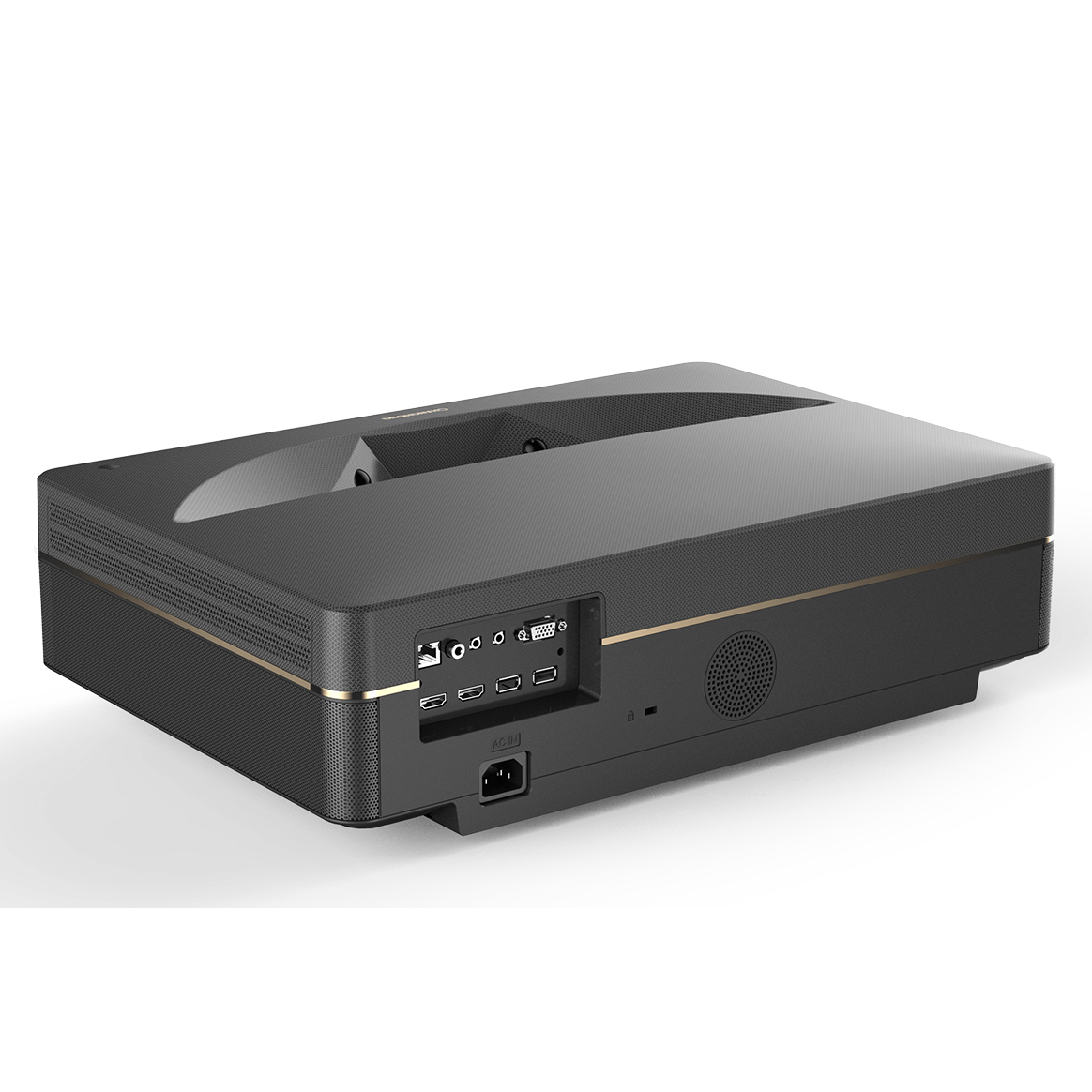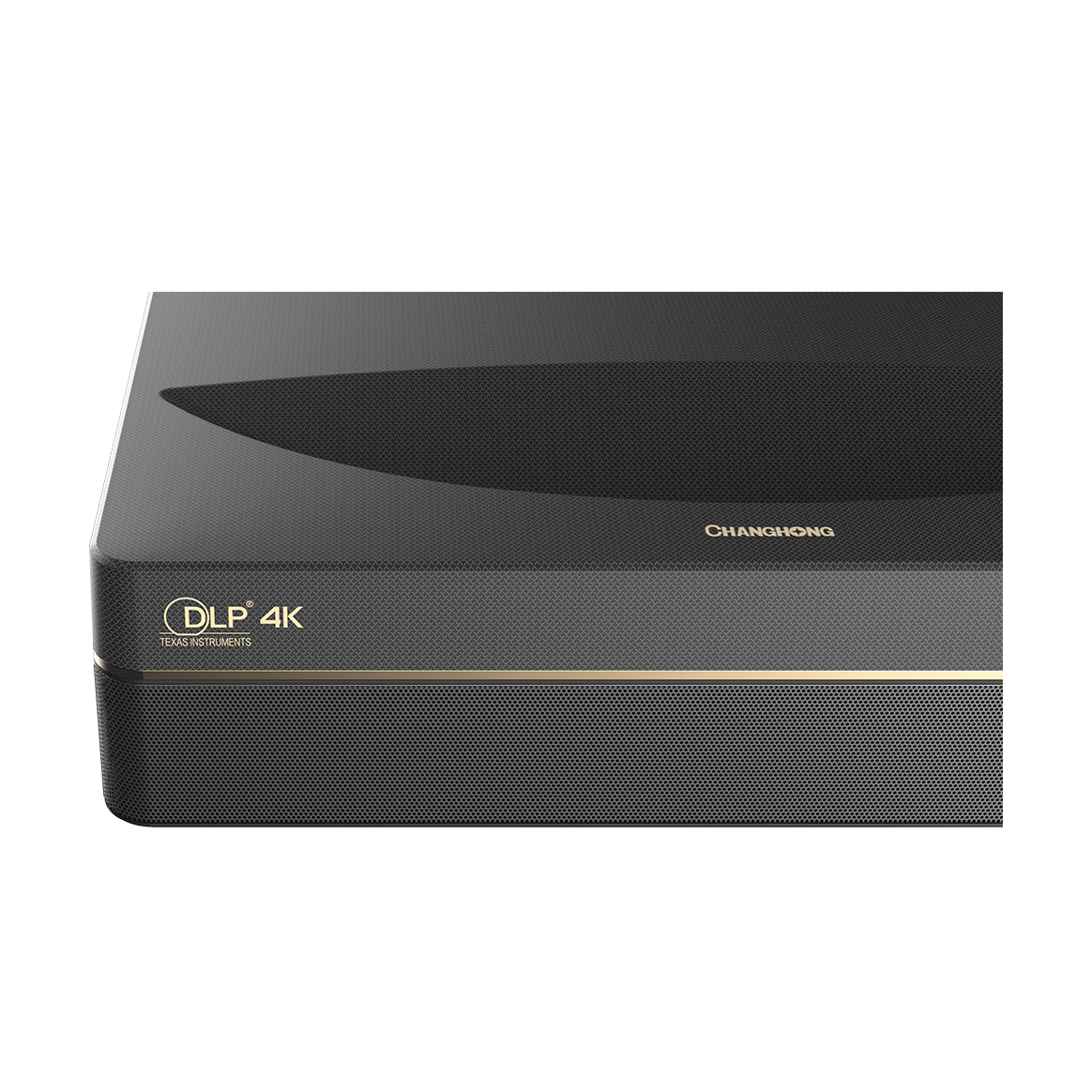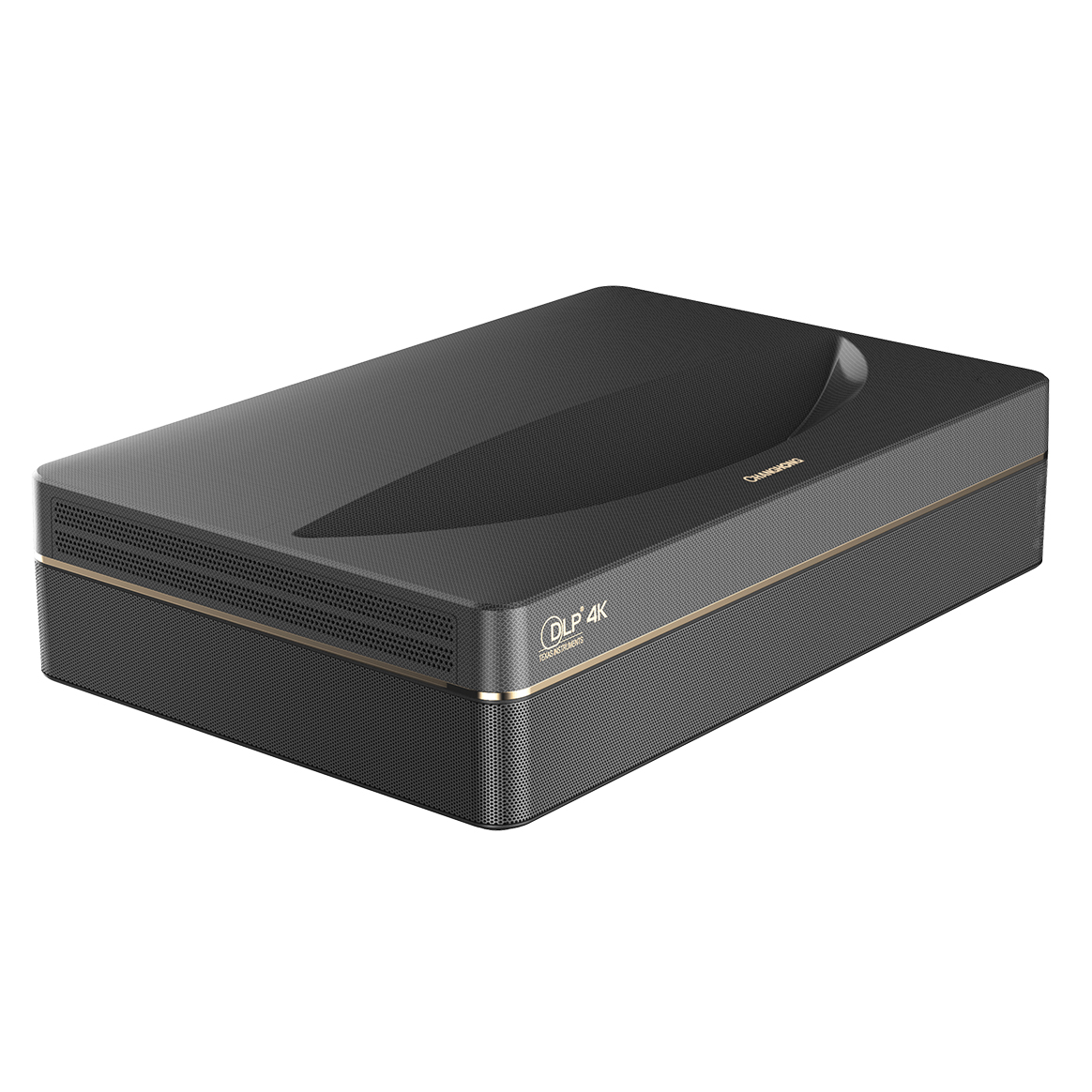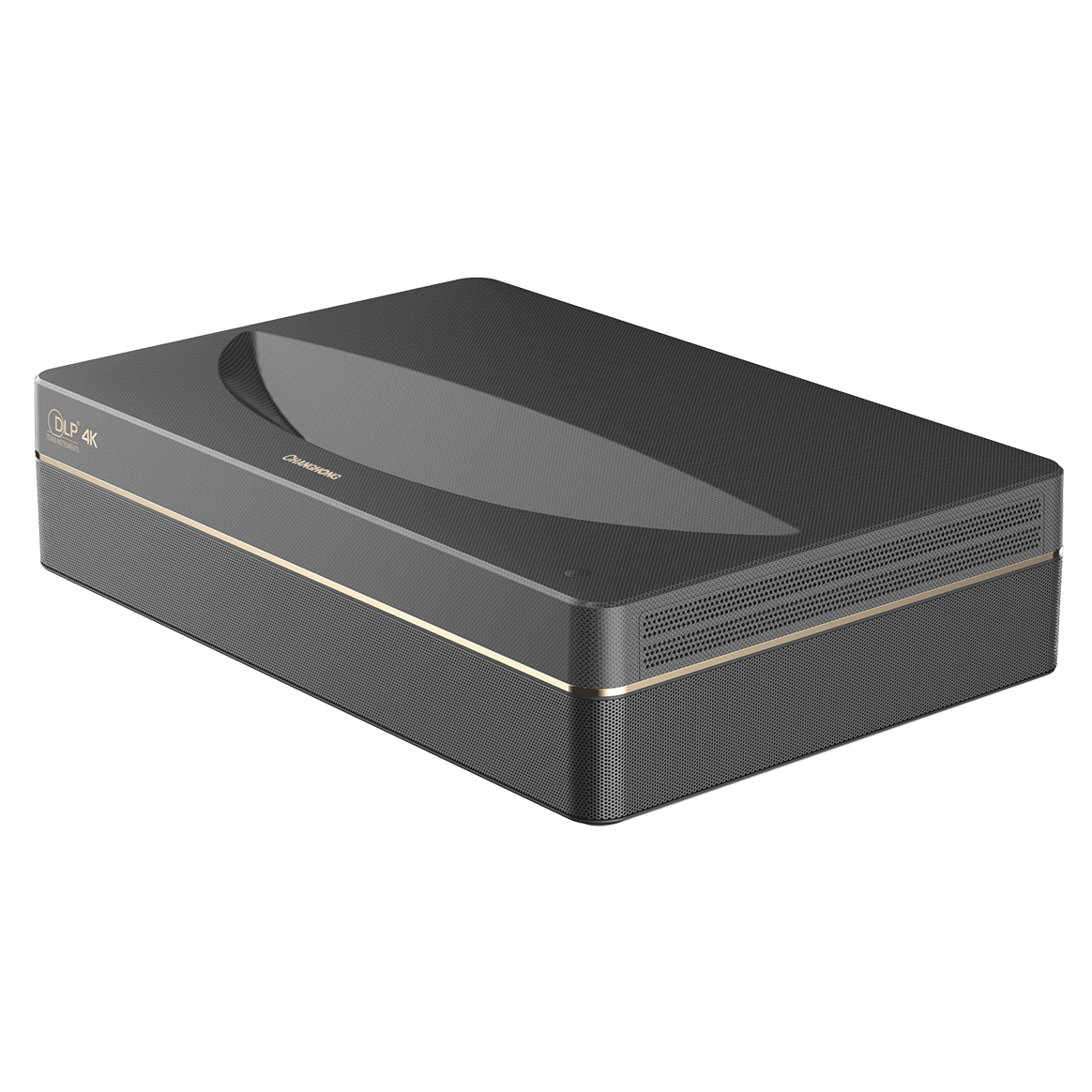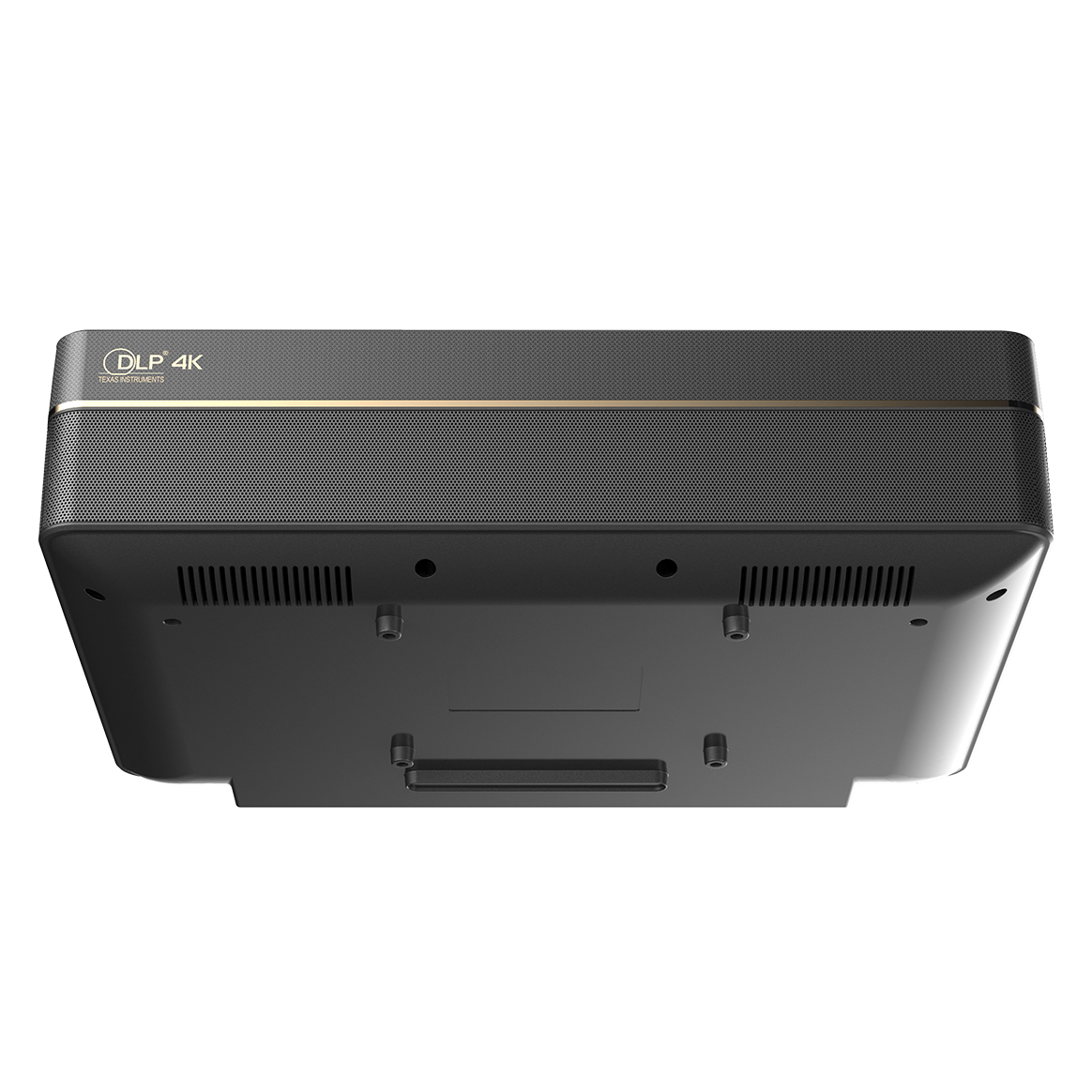4K UHD Experience at Home – 2500 ANSI Lumens
V8S offers the native resolution of 4K UHD. Powered by its 2500ANSI lumens brightness, stunning, vivid image is to be delivered at your home theatre, even under the ambient light conditions.
CHiQ V8S 4K UST Laser Projector
Key Features:
- 4K UHD Resolution – Get Ready for Tomorrow
- 130% Colour Gamut – Accurate and Vivid Image
- Ultra-Short-Throw, 100″ from 19.5cm
- 25,000 Hours Light Source Lifespan – Maintenance Free
- 2500 ANSI Luemns – Never Overstated
- MEMC, HDR, HDCP 2.2, DNR Supported
- Full range of connection ports with USB Power Supply Capability
- Built-in WiFi and Bluetooth, Built-In Media Manager
- 8 Points Keystone Adjustment
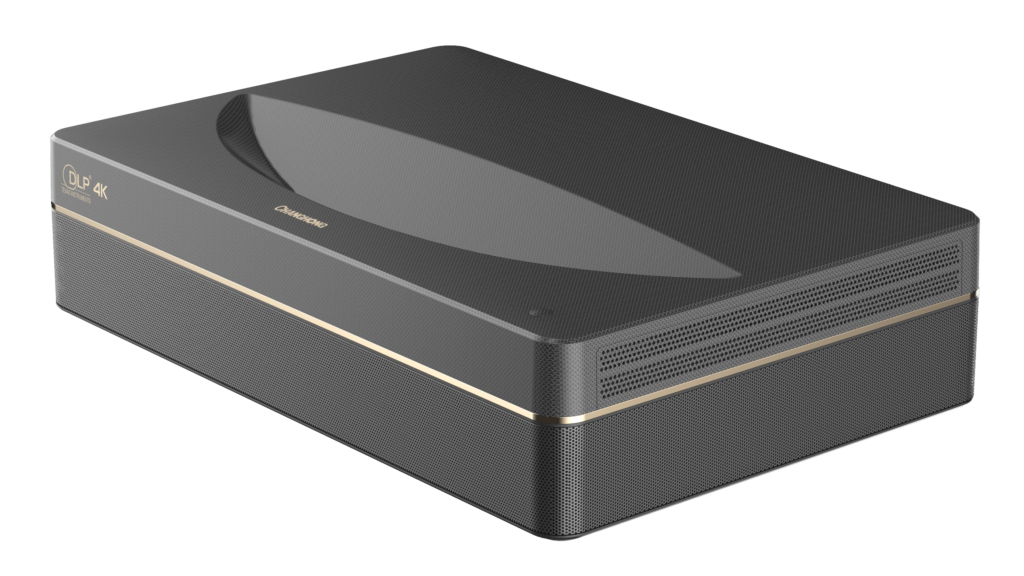
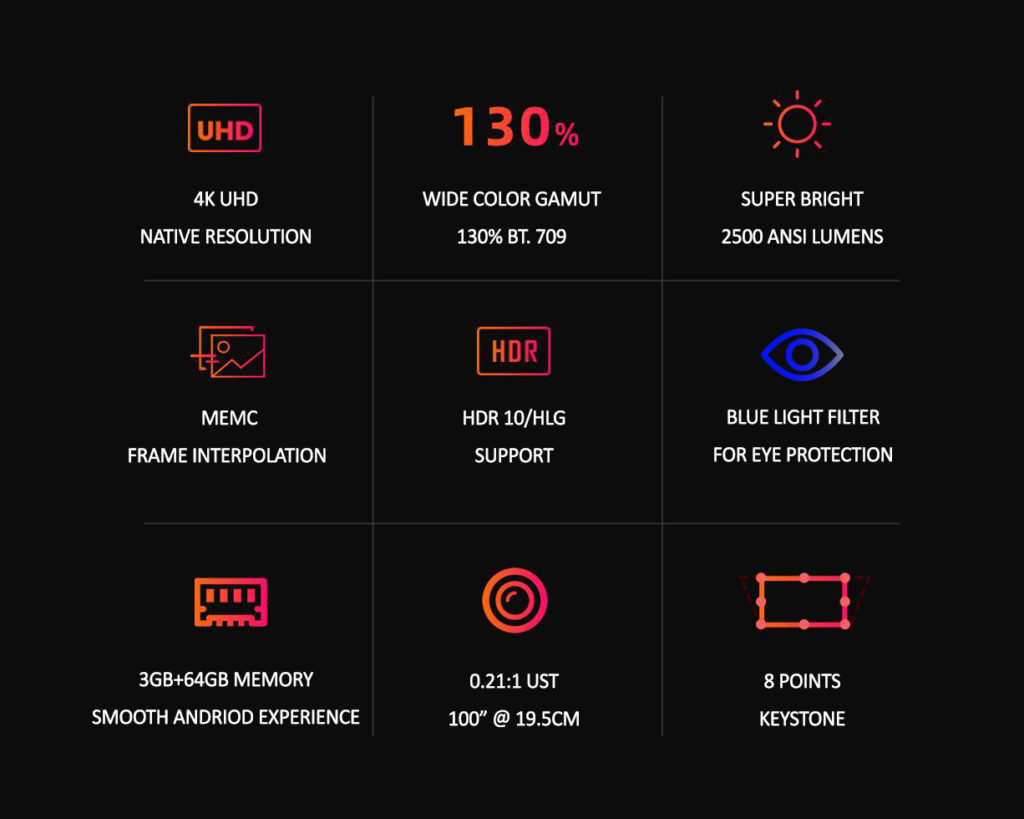
MEMC
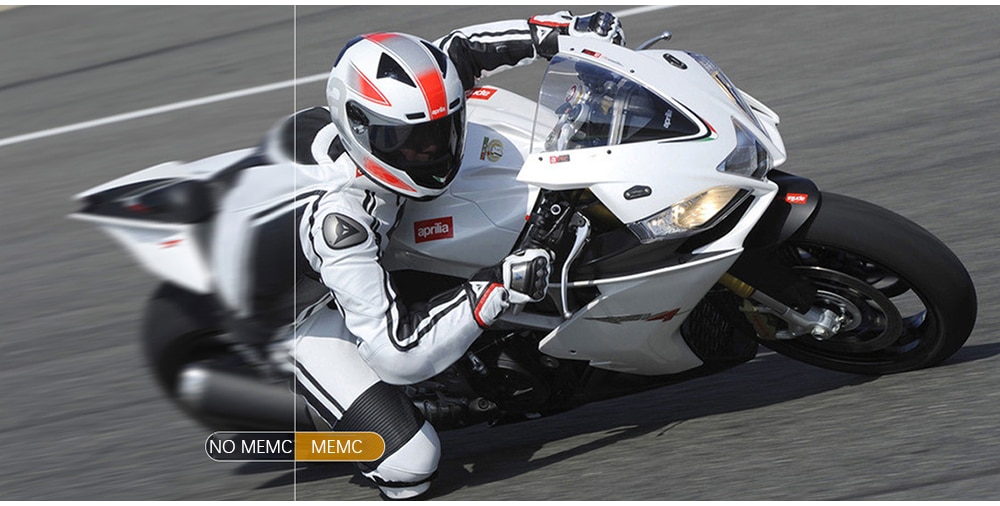
MEMC is a frame interpolation technique developed to enhance the quality and smoothness of the video. The process artificially adds additional frames between original frames.
MEMC is important for high movement pictures such as live sport program, with the help of 3rd generation MEMC, you will no longer so dragging /blur on the images.
HDR 10
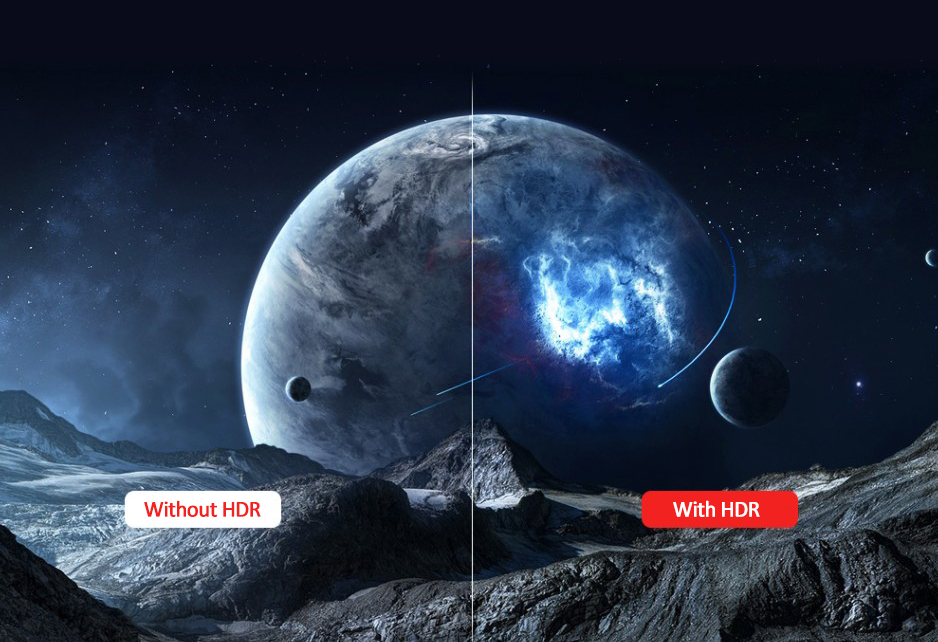
HDR10 doubles the perceived image brightness along with a increase image contrast (comparison of the light reflected from an all-white image and an all-black image).
With HDR10, user’s won’t suffer from missing details and see more depth in the colour.
8 Points Keystone
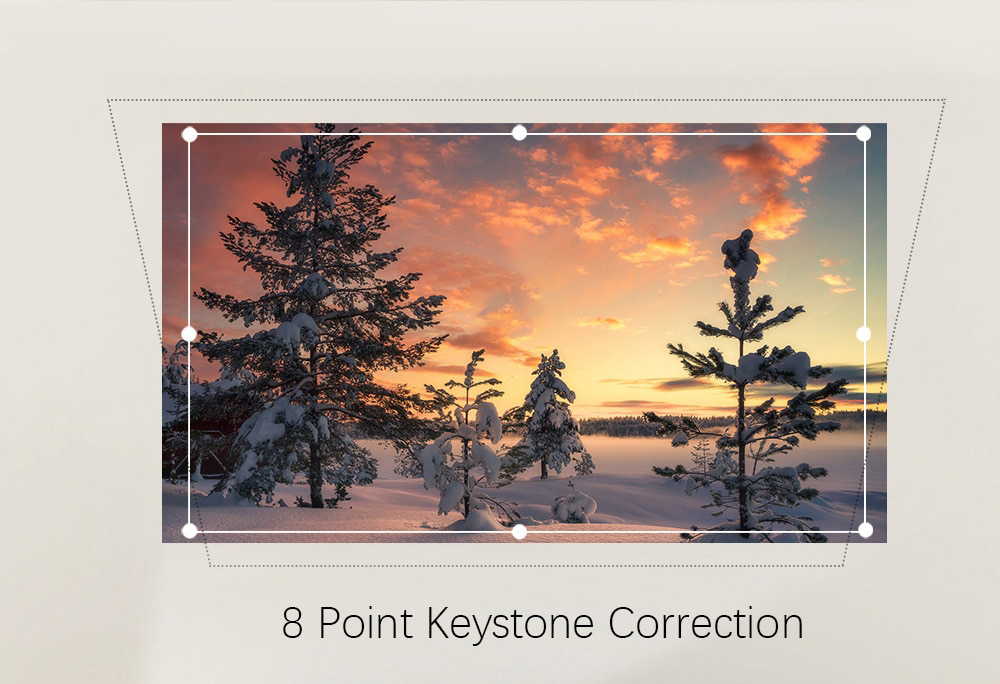
With up to 8 points keystone adjustment, you can easily obtain a perfect image on screen even when the projector’s position is not that perfect.
This is extremely helpful for UST projectors like V8S because any slight misalignment of the projector’s position can cause misshaped image due to the short distance between the projector and the screen.
The True Colour - 130% BT.709
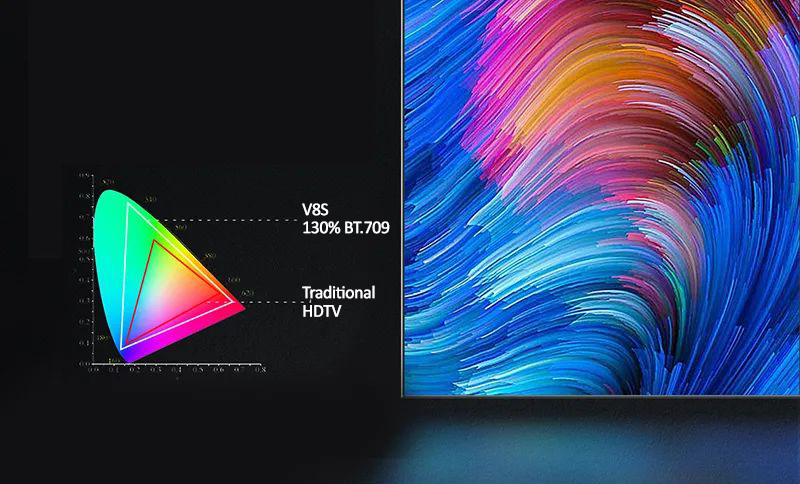
BT.709 is the worldwide HDTV standard for colour space to ensure accurate colour to be displayed.
V8S goes beyond the industrial standard in terms of colour space. V8S covers 130% of the BT.709 colour space so you can enjoy the most accurate and vivid picture in your living room.
MEMC is important for high movement pictures such as live sport program, with the help of 3rd generation MEMC, you will no longer so dragging /blur on the images.
Advanced UHD Optimisation
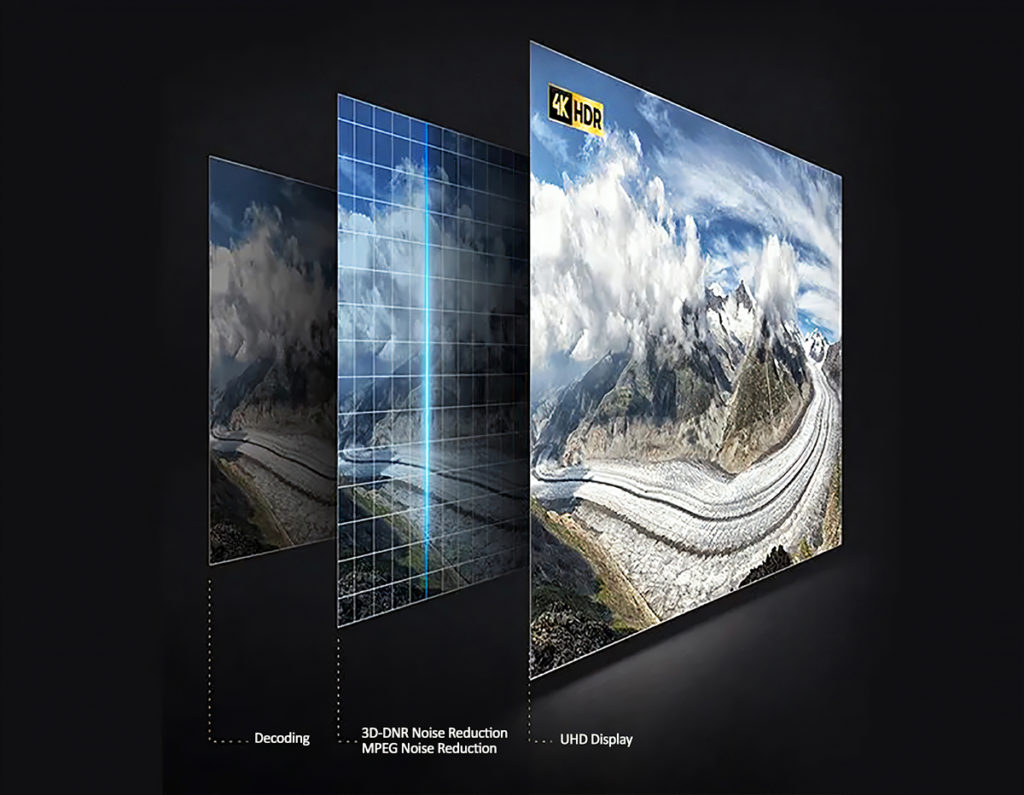
To deliver the finest image, V8S employs the 3D-NDR and MPEG noise reduction technology.
3D-DNR reduces unwanted picture noise, on the other hand the feature compensates for image distortion due to colour blending errors by extrapolating and removing even the smallest defective pixels.
MPEG Noise Reduction feature improves the quality of pictures by reducing the block noise and mosquito noise without compromising the picture resolution.
The UST At Its Best
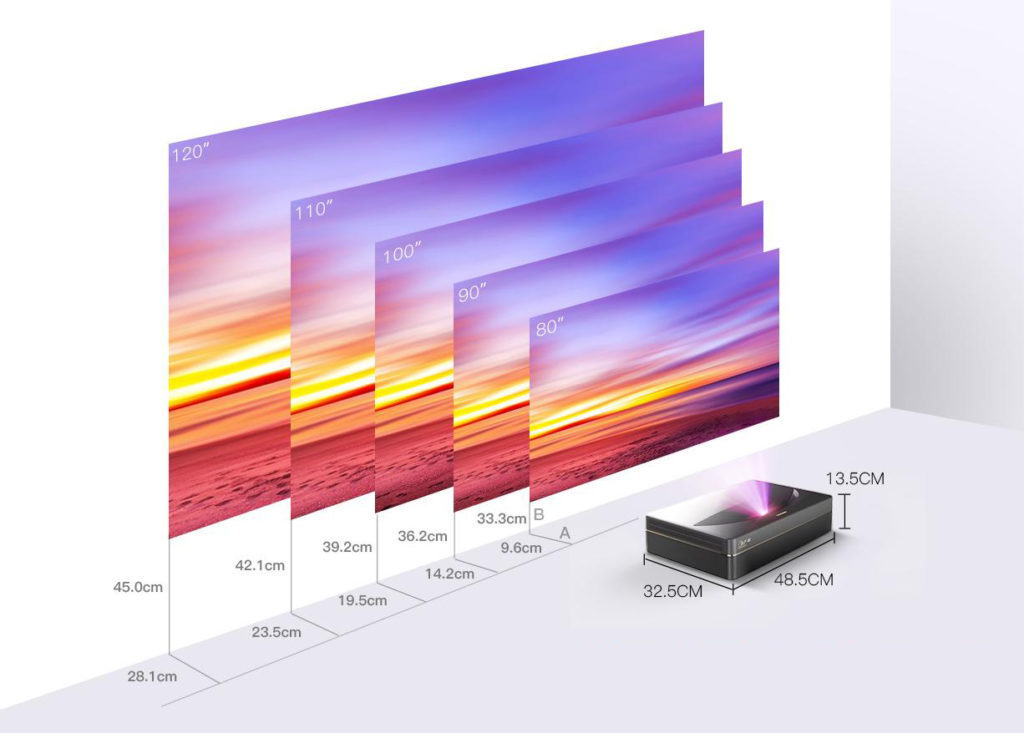
V8S is a UST (Ultra-Short Throw) projector with the throw ratio of 0.21:1. It projects 100″ screen at the distance of 19.5cm from the screen.
Because the projector is so close to the screen and it projects from the bottom to the top, it can efficiently reject ambient light coming from other directions so you won’t suffer from washed out pictures. Also, because the light only travel an ultra short distance, you will get a much brighter image when compared with long-throw projectors.
V8S Specifications
| Optical Parameters | |
| Light Source | Laser |
| Display | DLP (digital lighting process) |
| DMD Chip | 0.47” |
| Color Gamut | 130% BT.709 |
| Display Size | 80″-150″ |
| Throw Ratio | 0.21:1 |
| Brightness | 2,500 ANSI Lumens |
| Resolution | UHD (3840×2160) |
| Contrast | 15000:1 |
| Light Source Lifespan | 25,000 Hours |
| Electrical Parameters | |
| Voltage | AC100-240V, 50-60Hz |
| Power Consumption | 260W (W/O audio) |
| Noise | 32dB |
| System Parameters | |
| Operating System | Customised Android 8.0 |
| CPU | Cortex 73 /Duo-core+ Cortex 53/Duo-core (1.7GHz) |
| GPU | Mail-G51/Duo-core |
| RAM | 3GB DDR3 |
| Storage | 64GB EMMC |
| Refresh Frequency | 60Hz |
| Image Quality | |
| Motion Compensation | MEMC |
| Video Decoding (Built-in Media Play) | TS, AVI, MPG, MKV, MOV, MP4 |
| Picture Format (Built-in Media Play) | JPEG, PNG, BMP |
| HDR10 | Supported |
| Connectivity | |
| Connections (Wired) | Input: USB2.0*2, HDMI2.0*1(Port 1), HDMI2.0*1(ARC, Port 2), VGA, Audio input(L/R, φ3.5mm), Rj45 |
| Output: S/PDIF (coaxial), Analog audio output(L/R, φ3.5mm) | |
| Connections (Wireless) | IEEE 802.11a/b/g/n/ac, 2.4GHz/5GHz Dual Frequency |
| Blue Tooth: 2.1/4.2/5.0 |
| Sound Parameters | |
| Audio Decoding (Built-in Media Player) | MP3, DOLBY AUDIO etc |
| Dolby Digital | Supported |
| Built-in Speaker | 10W*2 |
| General | |
| Operating conditions | 5°C~40°C/41°F~104°F, max altitude 3000M/9843ft, max humidity 85% |
| Material | PC+ABS+One Body Metal Mesh |
| Size | 485*325*135mm |
| Net Weight | 10.25KG |
| Projection Mode | Front Desk, Rear Desk, Front Ceiling Mounted, Rear Ceiling Mounted |
| Focusing | Electric Motor Focusing |
| Keystone Adjustment | 8 Points |
| Package Size | 625*475*380mm |
| Gross Weight | 13.9KG |
| List of Items: | Laser Projector Manual Power Cord(UK/EU/US) Remote Control 2 x AA Battery (for remote control) |
Compare UST Projectors Available from Us
VAVA LT-002
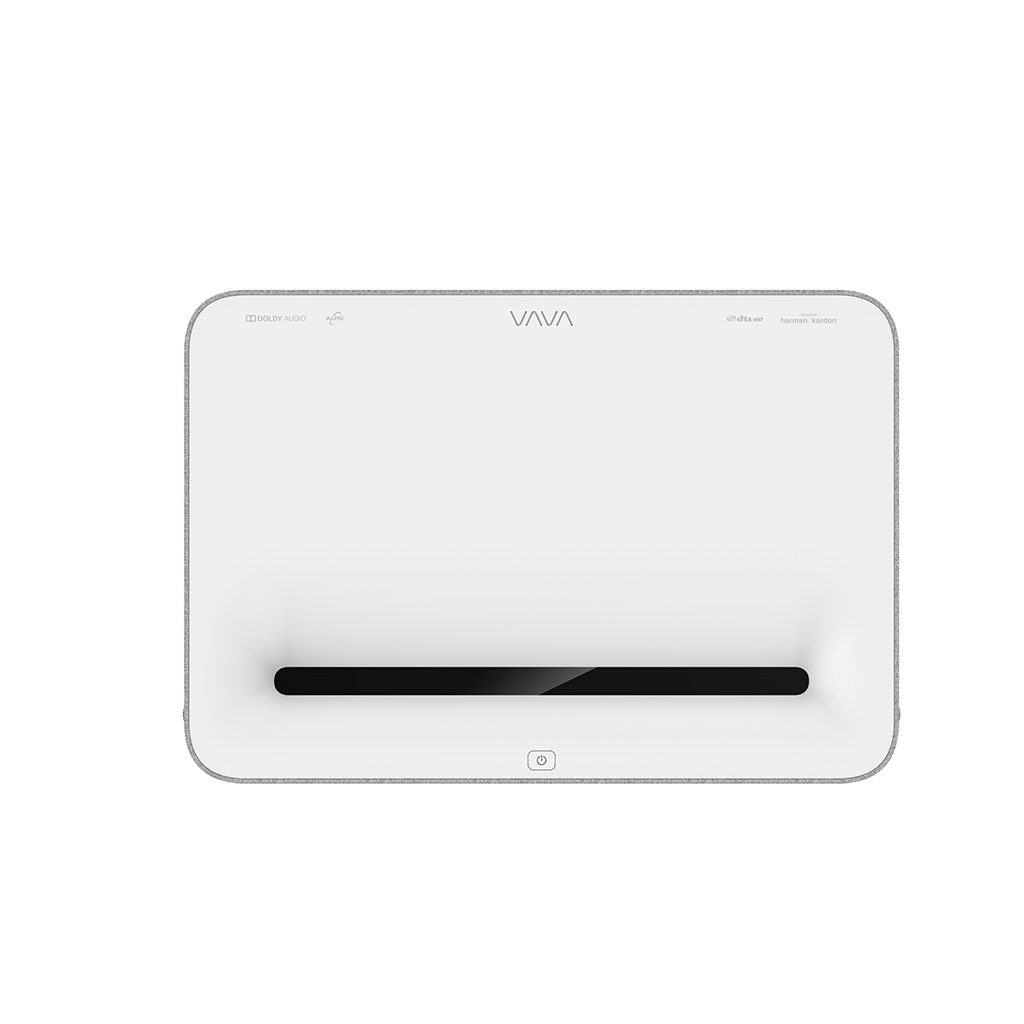
Brightness: 1800 ANSI Lumens
Throw Ratio: 0.233:1 (100″@40cm)
Keystone Adjustment: 8 Points
HDR/HLG Support: Yes
Colour Gamut: 113% Rec.709
CHiQ A5U
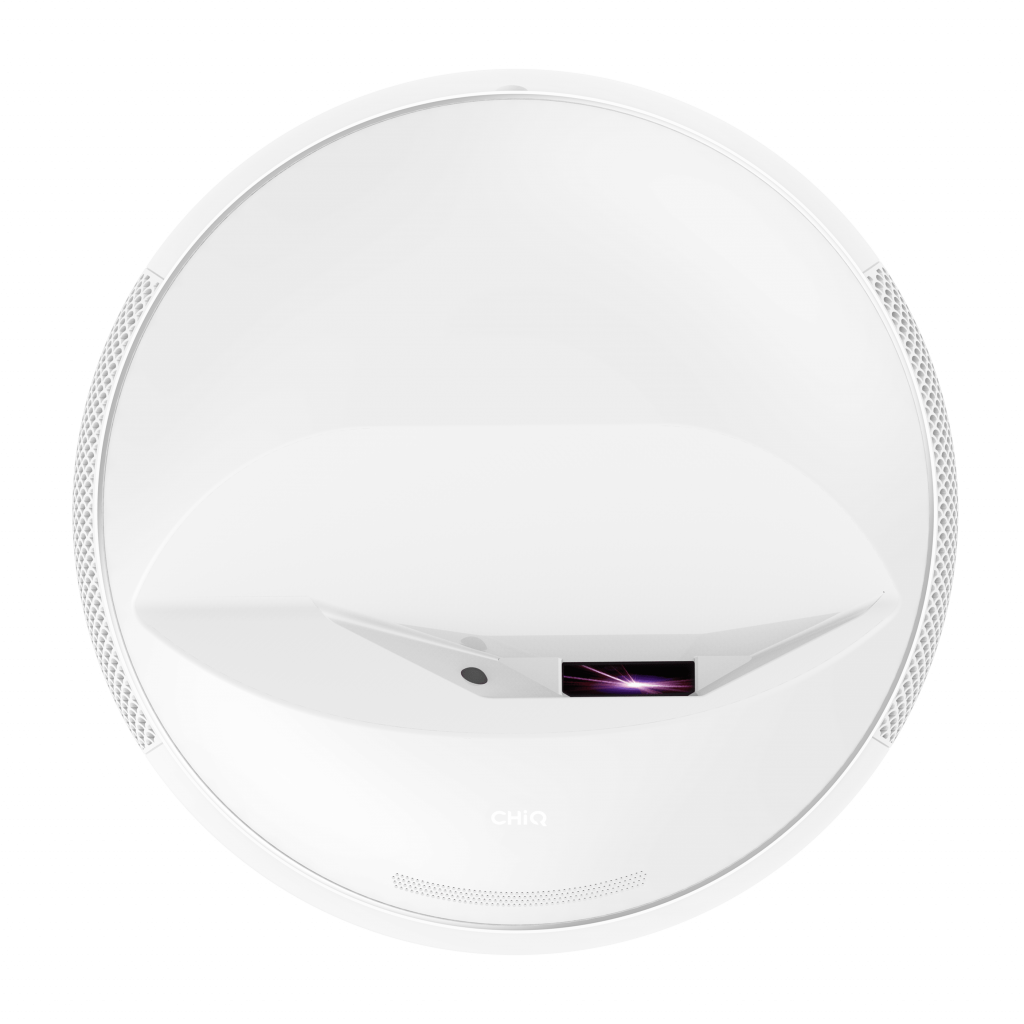
Brightness: 2500 ANSI Lumens
Throw Ratio: 0.21:1 (100″@19.5cm)
Keystone Adjustment: None
HDR/HLG Support: Yes
Colour Gamut: 130% BT. 709
Changhong V8S
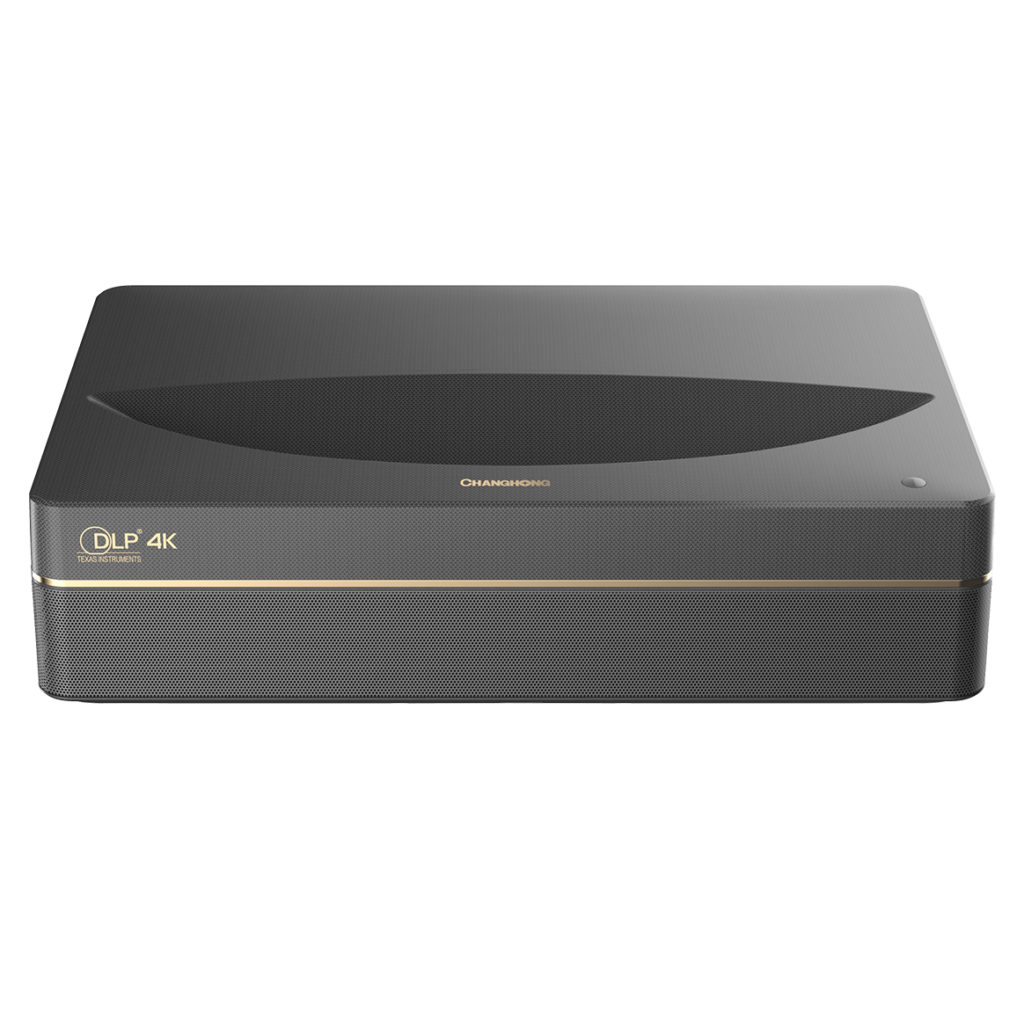
Brightness: 2500 ANSI Lumens
Throw Ratio: 0.21:1 (100″@19.5cm)
Keystone Adjustment: 8 Points
HDR/HLG Support: Yes
Colour Gamut: 130% BT. 709
Optoma P2
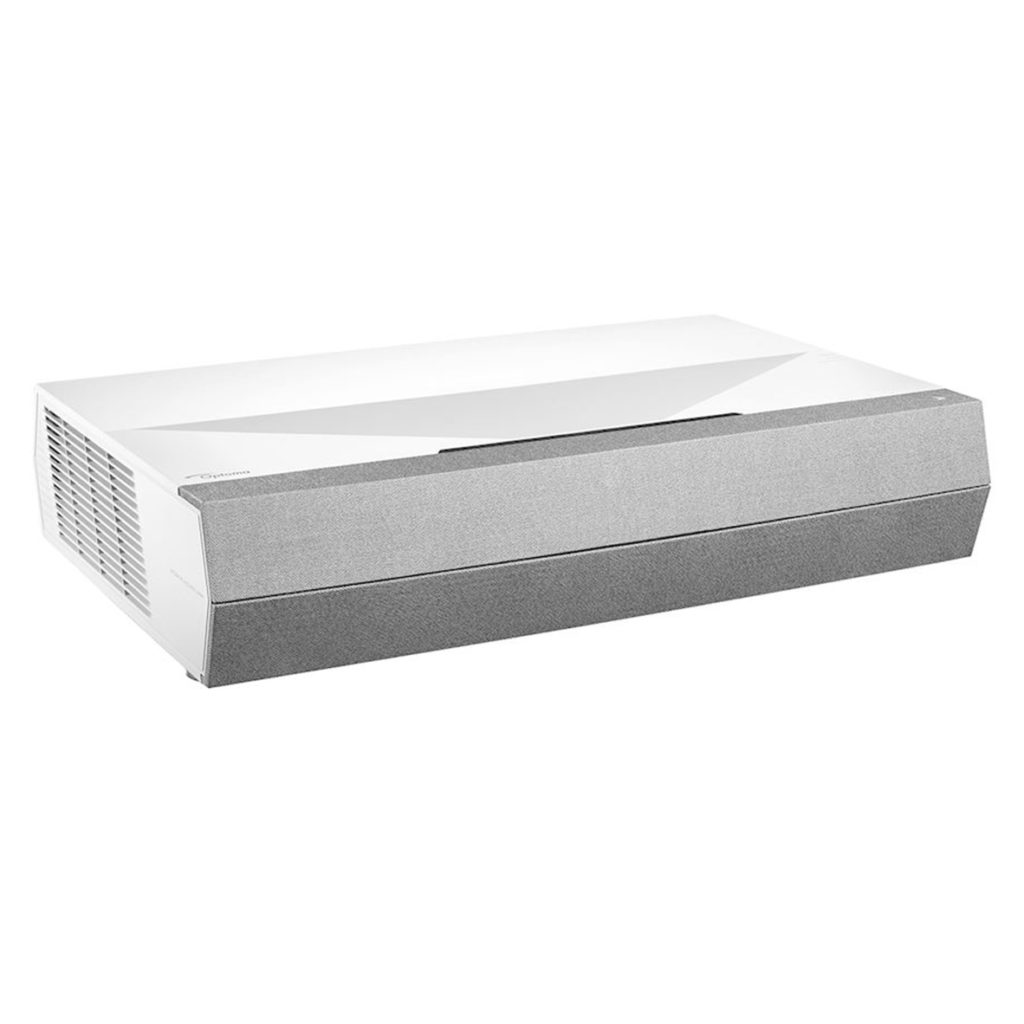
Brightness: 3000 Lumens
Throw Ratio: 0.25:1 (100″@55.4cm)
Keystone Adjustment: 4 Points
HDR/HLG Support: Yes
Colour Gamut: 120% BT. 709

